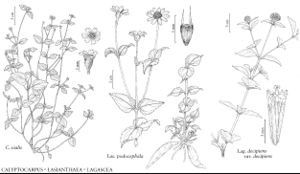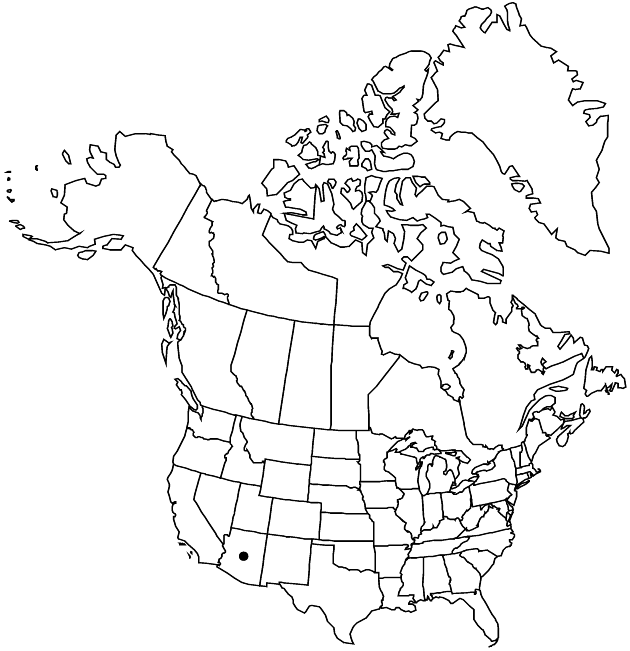Difference between revisions of "Lagascea decipiens var. decipiens"
Treatment appears in FNA Volume 21. Treatment on page 137.
imported>Volume Importer |
imported>Volume Importer |
||
| Line 42: | Line 42: | ||
|publication year= | |publication year= | ||
|special status= | |special status= | ||
| − | |source xml=https:// | + | |source xml=https://bitbucket.org/aafc-mbb/fna-data-curation/src/2e0870ddd59836b60bcf96646a41e87ea5a5943a/coarse_grained_fna_xml/V19-20-21/V21_332.xml |
|tribe=Asteraceae tribe Heliantheae | |tribe=Asteraceae tribe Heliantheae | ||
|subtribe=Asteraceae (tribe Heliantheae) subtribe Helianthinae | |subtribe=Asteraceae (tribe Heliantheae) subtribe Helianthinae | ||
Latest revision as of 20:11, 5 November 2020
Leaves 25–50(–75) × 15–30(–50+) mm. Peduncles (i.e., stalks supporting glomerules of heads) 5–55 mm. Glomerules hemispheric to subspheric, 10–17 × 20–35 mm. Phyllaries 8–10 mm, connate 1/2–2/3 lengths, resinous glands to 3 mm. Disc corollas 10 mm. Cypselae 2–3 mm; pappi 0.1–1 mm. 2n = 34.
Phenology: Flowering spring–fall [year round in Mexico].
Habitat: Dry canyonlands, granitic slopes, deciduous forests, thorn forests, oak grasslands
Elevation: 900–1300 m
Discussion
Pima and Santa Cruz counties represent the northernmost extension of the range of var. decipiens, which extends into Chihuahua and Sonora to northern Sinaloa, whence it is disjunct to Guerrero, Jalisco, Michoacán, and Oaxaca.
Selected References
None.
Lower Taxa
None.

